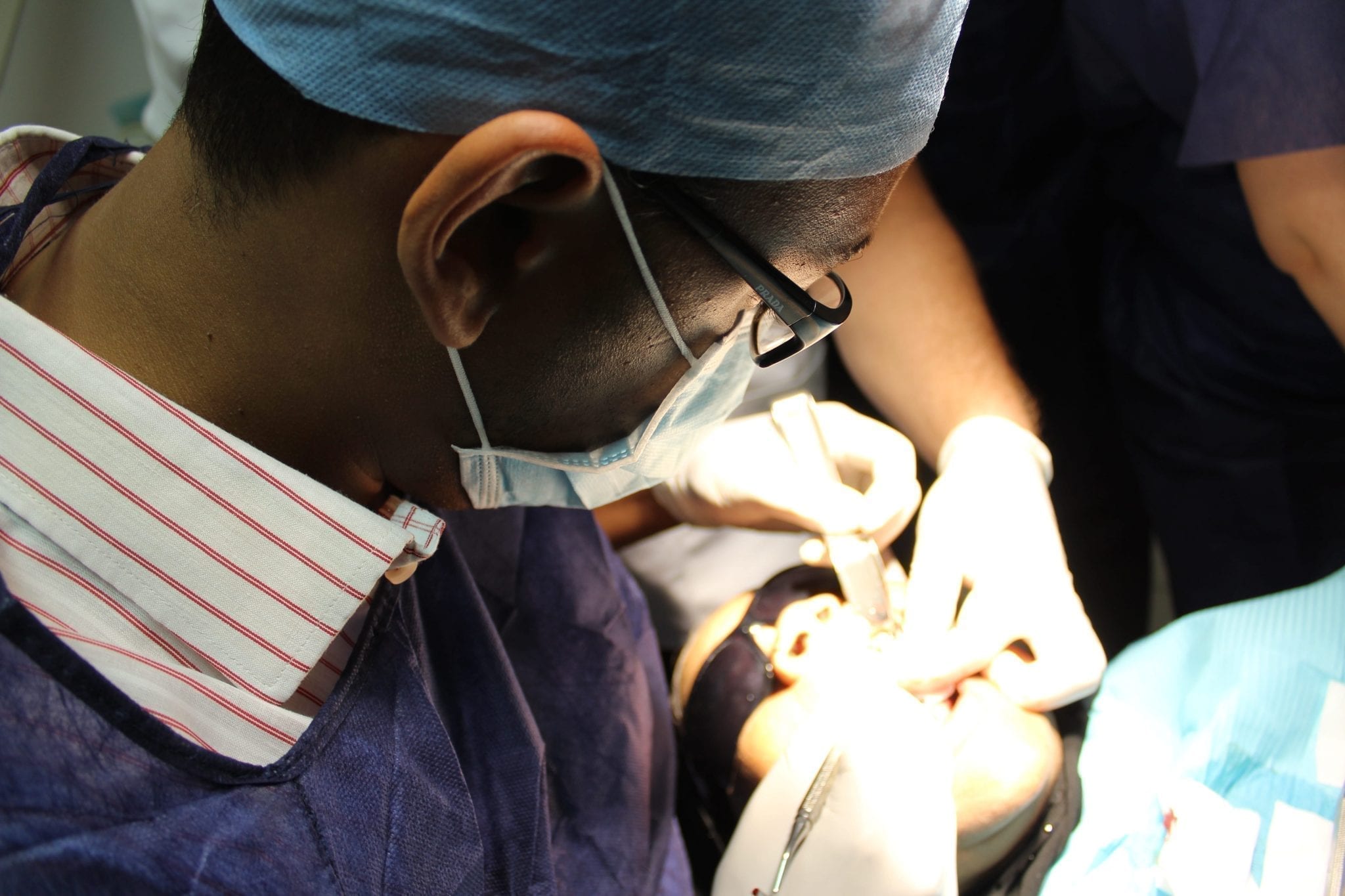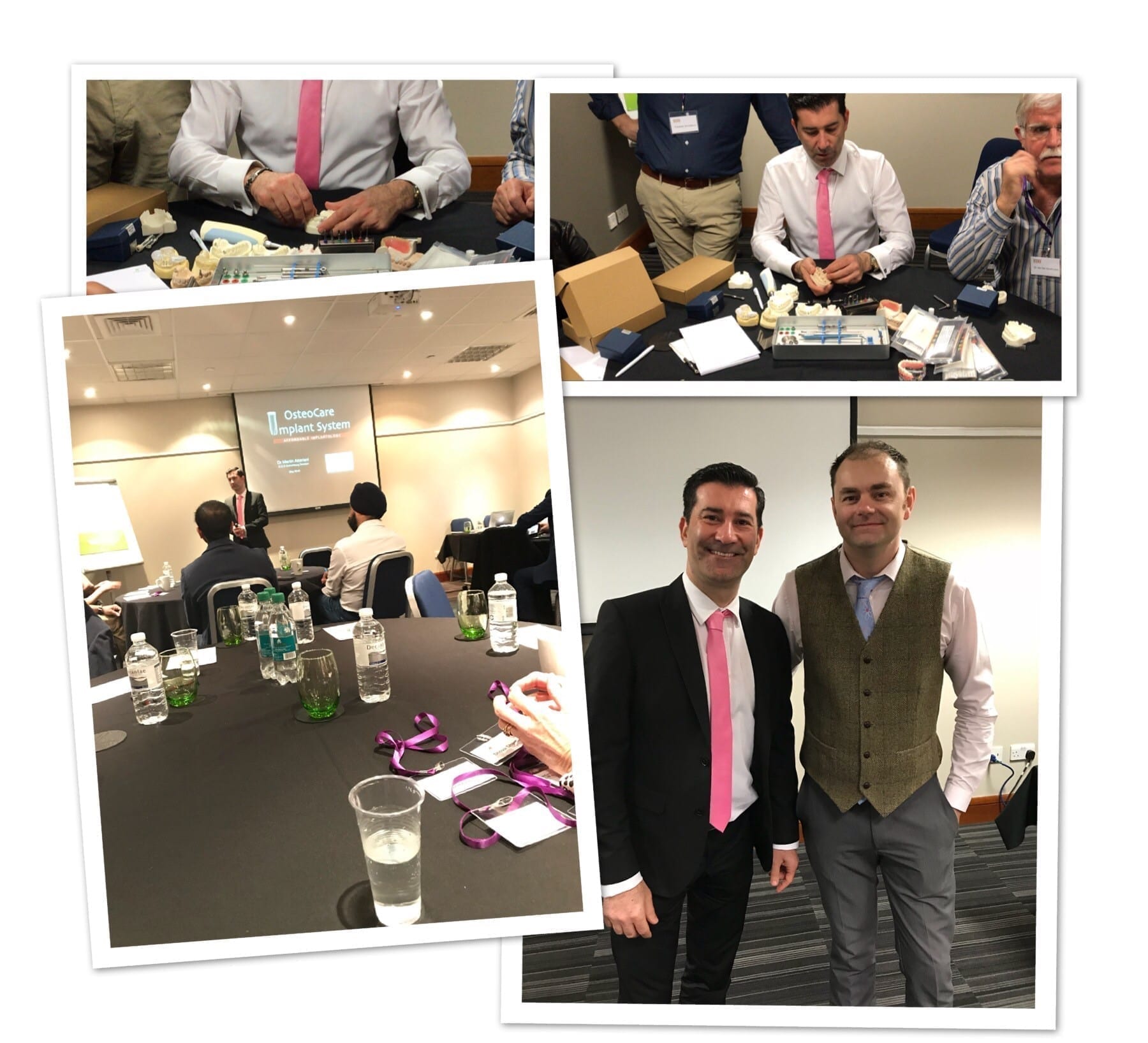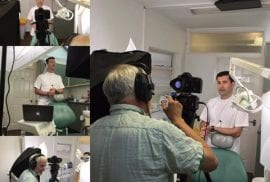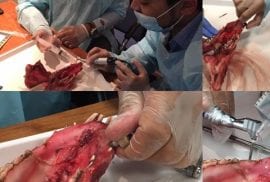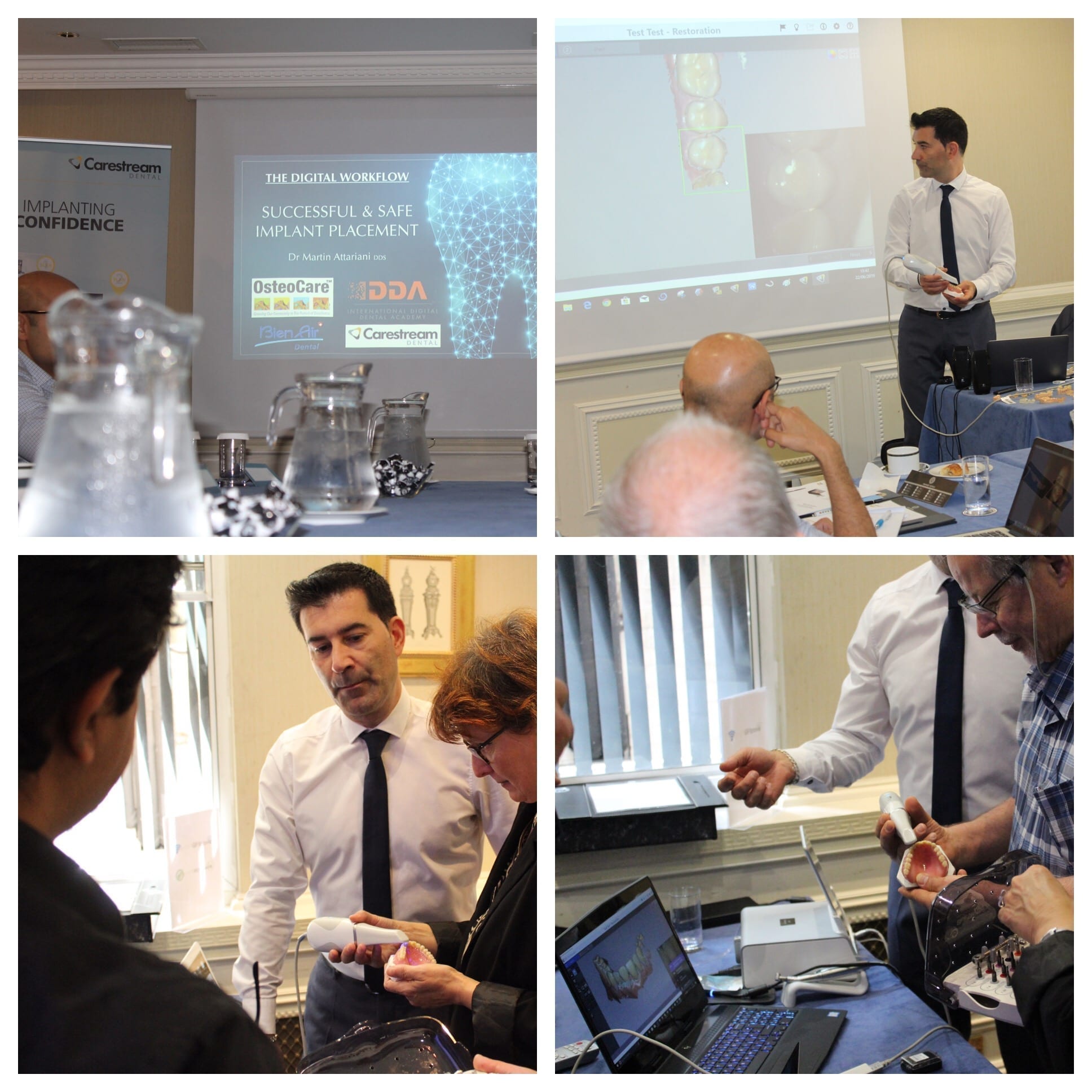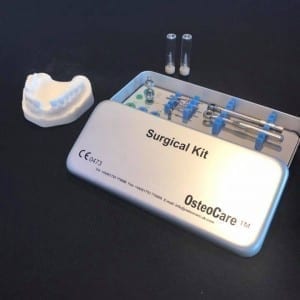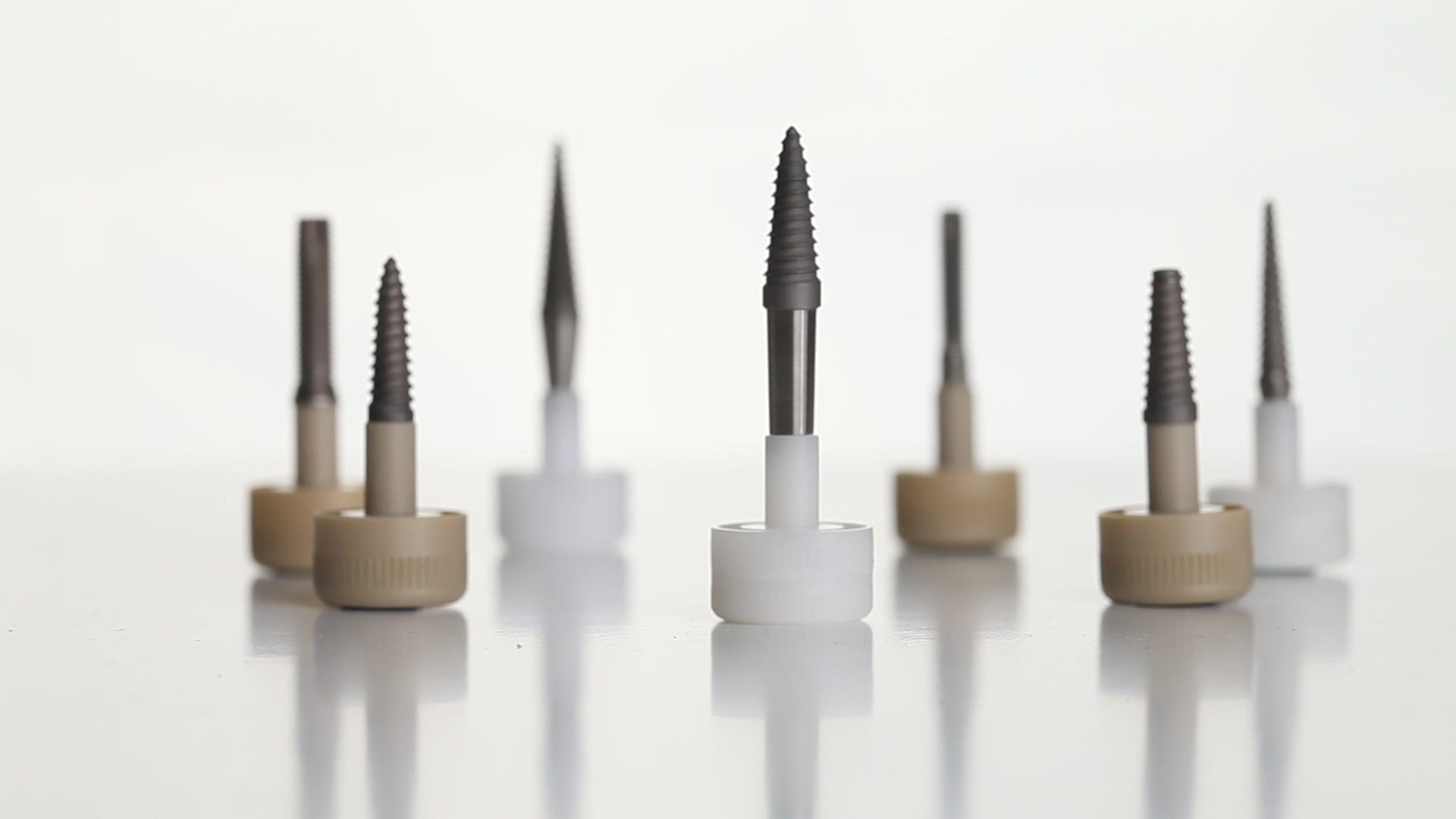

Researchers at Cardiff University are collaborating with OsteoCare to develop a smart surgical tool to help reduce dental implant failure rates. The tool will detect the optimal tightening of dental implants based on bone damage detection rather than torque alone. The project, led by Dr Davide Crivelli at the School of Engineering, uses a technique known as Acoustic Emission to listen and record ultrasonic shock waves released by materials as they fail. The concept is currently being tested by Polly Blaikie, a final year student at the School of Engineering working in collaboration with Dr Wayne Nishio Ayre and Prof David Thomas at the School of Dentistry with support and input from OsteoCare.
Three million implants are placed every year in the U.S. and this number is increasing by 500,000 a year according to the American Academy of Implant Dentistry. Approximately 7% fail due to poor bone growth, which requires multiple surgeries and more trauma to the tissue due to implant removal. This negatively impacts on patient quality of life due to poorer dietary options, reduced self-esteem due to aesthetics and added costs to the patient.
During implant fixation, the surgeon relies on experience or manufacturer guidelines to judge how much torque is required for the optimal hold in the bone. Over tightening can cause damage of the bone tissue around the implant and impair bone healing by restricting blood flow. Under tightening will cause the implant to move when chewing. Relying on torque as an indicator for implant fixation assumes the same bone quality across all patients and therefore more accurate and appropriate tools for placing the implant may help prevent future failure.
Monitoring Acoustic Emission is a well-established non-destructive testing technique currently used to detect damage and cracks in engineering structures. By using this technique to monitor dental implant insertion, there is the potential to ensure optimal conditions for both bone repair and implant stability, ultimately preventing failure of dental implants.
